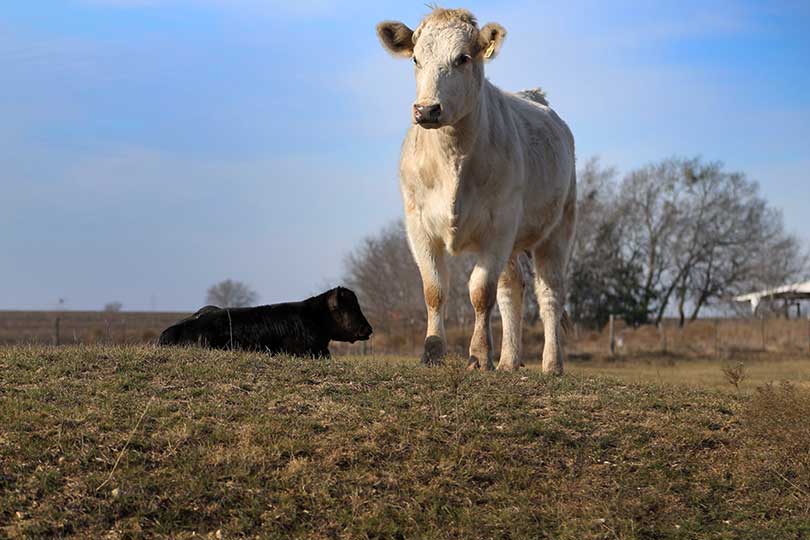Jennifer Dorsett
Field Editor
Old Man Winter made sure his presence was felt as cold, wet weather across parts of Texas ushered in the official first day of winter last week.
But more rain is needed to fill stock tanks and ponds, according to Tracy Tomascik, Texas Farm Bureau (TFB) associate director of Commodity and Regulatory Activities.
Farmers and ranchers across the state haven’t had adequate rainfall and are facing dry conditions as they move into the coldest months of the year.
“Drought certainly crept back into a large part of the state,” Tomascik said during an interview with the Texas Farm Bureau Radio Network. “We’ve spoken with producers from across Texas and what they’re lacking most is good, heavy rain to fill up those ponds and tanks for livestock.”
About 35 percent of the Lone Star State is facing some type of drought conditions.
The latest drought monitor report shows some improvement west of I-35 but worsening conditions in South Texas and east of I-35.
The lack of moisture over the past several months has negatively impacted rangeland, leaving pastures in less-than-optimal condition. “It’s forecast to be cold for the next 30 to 60 days,” Tomascik said. “Unfortunately, over the last few months, we’ve not had a large amount of rain to allow for additional forage production. So, hay supplies could be in tight supply as we move forward.”
Tomascik noted livestock owners include treating internal and external parasites.
A common pest—lice—can bite into ranchers’ profits during the winter season when longer coats on cattle provide ideal conditions for populations to grow and hinder herd health.
While lice can infest cattle at any point in the year, the longer winter coats found from December to March provide the ideal environment for the pest.
Two types of lice—biting lice and sucking lice—can affect cattle herds.
Sucking lice are usually found around the head and neck areas, while biting lice can be found on the neck, shoulders, back and rump. Sucking lice are the more invasive of the two, but biting lice cause the most irritation.
Symptoms include rubbing, biting, scratching and hair loss on the neck, shoulders and rump.
Lice are transmitted through physical contact.
Cattlemen and women should also monitor cattle for bovine respiratory disease (BRD).
BRD, defined as a “disease complex,” is usually caused by a variety of pathogens, including viruses, bacteria, parasites and fungi. The animal’s immune system is compromised as pathogens interact with one another and eventually invade the respiratory system.
Stressors that can worsen the impact of BRD include weaning, changes in feed and temperature swings between cold and warm weather.
“As farmers and ranchers turn out stocker cattle for winter grazing, bovine respiratory disease complex is something they have on their mind,” he said. “It’s certainly something that they should visit with their veterinarian about to prevent as many issues as possible.”

